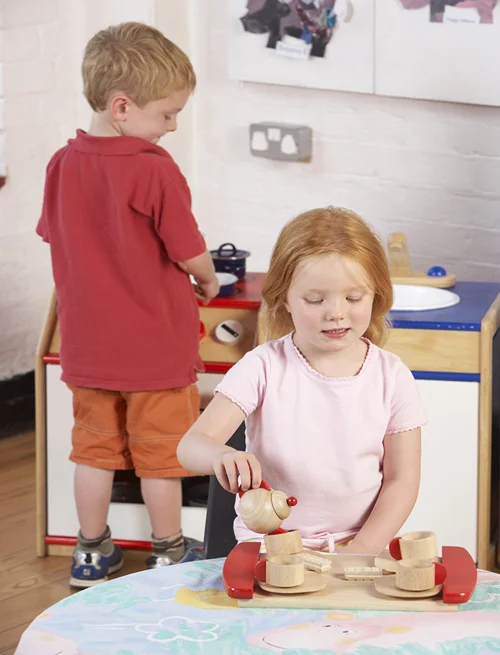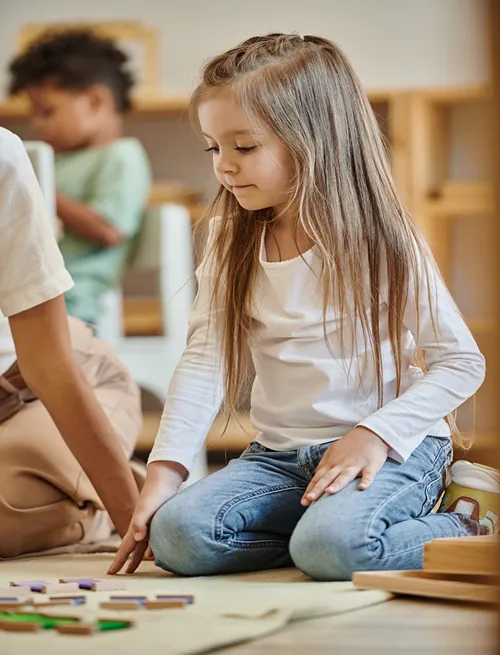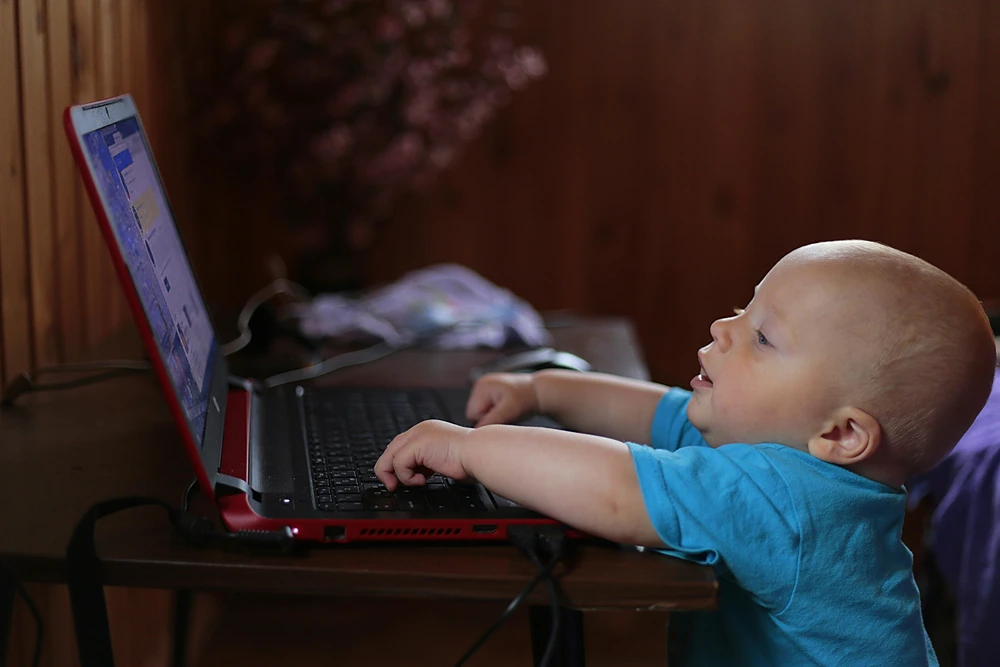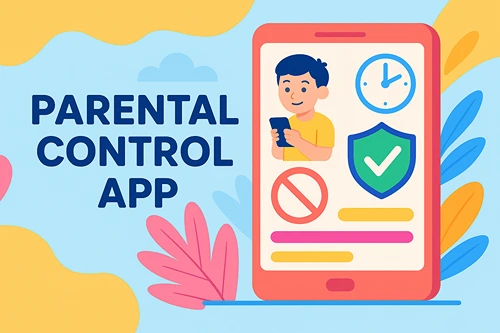Real-Life Applications of Advanced Functions in Science and Tech
Many people struggle to see how advanced math is useful in daily life. Studies show that functions and formulas help power things like apps, machines, and smart devices. These hidden calculations work behind the scenes to make everyday tools faster, safer, and more reliable.
In this post, we will explain real-life uses for these ideas with easy examples from science and tech. We’ll explore how math shapes the world you use every day!
Advanced Functions in Computer Science
Computer scientists use advanced functions to solve hard programming problems. These functions help build better software and improve how computers process data.
Algorithm Design and Optimization
Algorithm design shapes how computers solve problems. Programmers use advanced functions to make algorithms faster and smarter. Sorting large data sets, like Google Search or Amazon product lists, depends on efficient algorithms.
For example, the QuickSort algorithm can sort millions of items in seconds using a divide-and-conquer method. Optimizing these processes saves time and resources for companies.
Scientists also improve weather forecasts with optimized algorithms that process huge amounts of climate data quickly. In medicine, fast image processing helps doctors spot diseases early by analyzing scans within minutes instead of hours.
Engineers use mathematical modeling to fine-tune systems such as traffic lights or factory machines, so they run smoothly and save energy. These real-world applications show why strong programming concepts matter in science and tech today.
Data Structures and Database Systems
Data structures help organize and store data efficiently. They serve as the backbone for database systems. Common types include arrays, linked lists, stacks, and queues. Each has unique strengths that fit different needs.
For instance, trees are ideal for searching data quickly, while hash tables excel in fast access.
Database systems use these structures to manage vast amounts of information. They ensure users can retrieve data swiftly and accurately. Popular systems like MySQL or MongoDB rely on efficient data handling methods for smooth operations.
Proper design leads to better performance and resource use in applications ranging from finance to healthcare analytics.
Applications in Artificial Intelligence
AI uses advanced functions to make sense of data. It helps create models that can learn and improve over time, allowing machines to act intelligently.
Machine Learning Models
Machine learning models are a key part of artificial intelligence. These models help computers learn from data. They use algorithms to find patterns and make decisions without human help.
For example, in medicine, machine learning predicts diseases based on patient data. In finance, it helps banks detect fraud by analyzing spending habits. Machine learning also helps lenders predict repayment behavior for home loans, letting you access fairer rates based on real financial patterns instead of outdated credit models.
These models can also improve over time with more data. As they gather information, their accuracy increases. This makes them useful for applications like image recognition and speech processing too.
Machine learning has become essential in many fields because of its ability to solve complex problems quickly and efficiently.
Neural Networks and Deep Learning
Neural networks mimic how our brains work. They are made of layers of nodes, or neurons, that process data. These networks learn by example. They adjust their connections based on the information they receive.
This learning helps them recognize patterns in large datasets.
Deep learning is a part of neural networks that works with many layers of these nodes. It excels at tasks like image and speech recognition. For instance, deep learning powers voice assistants and smart cameras today.
Companies use it for applications in medicine, engineering, and finance too. Data analysis becomes faster and more accurate with these technologies driving advancements in machine learning models..
Role of Functions in Engineering
Functions are key in engineering. They help solve problems and improve designs through simulations and optimization techniques.
Numerical Analysis and Simulations
Numerical analysis plays a key role in solving complex problems in science and engineering. It uses mathematical methods to find solutions that may not be easy to compute directly.
This is especially useful for simulations, where scientists run models of real-world systems. For example, engineers often use numerical techniques to predict how structures will respond under stress or how fluids will flow.
Simulations can save time and resources by allowing testing without physical experiments. In medicine, these techniques help model the spread of diseases or the effects of drugs on the body.
The insights gained from these analyses guide decision-making across various fields such as economics and environmental science. Next, let’s explore machine learning models and their applications in artificial intelligence.
Operations Research and System Optimization
Operations research uses advanced functions to solve problems in various fields. It applies mathematical modeling and analytical methods. Companies rely on these techniques to improve their operations.
They want to save time and money while increasing efficiency.
System optimization focuses on finding the best solution from many options. This can involve scheduling tasks, managing resources, or improving processes. For example, a delivery company may use algorithms for route planning.
These functions help them deliver packages faster and cheaper, benefiting both customers and the business.
Contributions to Physics and Mathematics
Mathematics plays a key role in physics. It helps scientists create models of real-world systems and predict their behavior.
Differential Equations in Physical Models
Differential equations help describe changes in physical systems. They show how things like speed, heat, and pressure change over time. For example, they model how water flows in rivers or how objects fall under gravity.
Scientists use these equations to predict outcomes based on initial conditions. Engineers also apply them to design safer bridges and buildings.
These models are crucial in fields like economics and medicine too. In medicine, they can track the spread of diseases or the effect of drugs over time. Understanding these changes is vital for effective treatment plans.
Exploring this topic leads us into machine learning models next.
Computational Geometry and Visualization
Computational geometry helps solve problems related to shapes and spaces. It uses algorithms to analyze geometric figures. This field is important for computer graphics, robotics, and geographic information systems.
For example, it aids in creating realistic images in video games and movies.
Visualization tools help us understand complex data. They turn numbers into images or graphs that are easier to grasp. In medicine, such tools can show 3D models of organs from scans.
Efficient data analysis requires these techniques for better decision-making in various fields like engineering and economics.
Conclusion
Advanced functions play a major role in science and tech. They help us solve real problems every day. From improving algorithms in programming to enhancing machine learning, these functions enable better decision-making.
They also optimize processes across various fields, such as engineering and medicine. Understanding their applications can open doors to innovation and progress.









